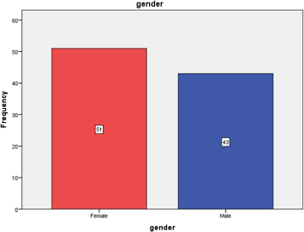Abstract
Maxillary and mandibular third molars with dilacerated root forms and curvature play a significant role in the treatment planning regarding whether the tooth can be extracted normally or go for trans alveolar extraction. The aim of this study is to assess the association of root curvature and trans alveolar extraction of upper and lower third molars. Preoperative assessment reduces the surgical difficulty and is fundamental for treatment planning and extraction of impacted third molars. We reviewed the case records of the patients who underwent trans alveolar extraction and analysed the data of 94 patients from June 2019 to March 2020 and was tabulated in excel. The data analysis was done in SPSS by IBM, and output was generated as bar charts. In this study, we observed that out of the total 94 trans alveolar extraction performed, 50% of the incidence was below 45 years out of which dilacerated roots were present in 28.7% cases. Results were tabulated and represented as bar charts.so within the limitations of the study we observed that root morphology did not have a significant role in deciding about the treatment whether the teeth will go for open or transalveolar extraction.
Full text article
Authors

This work is licensed under a Creative Commons Attribution-NonCommercial-NoDerivatives 4.0 International License.

